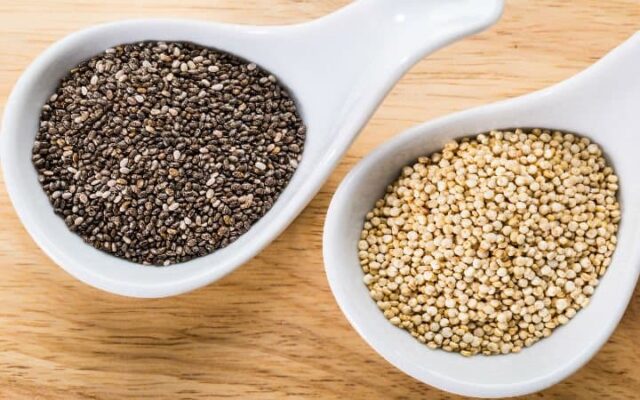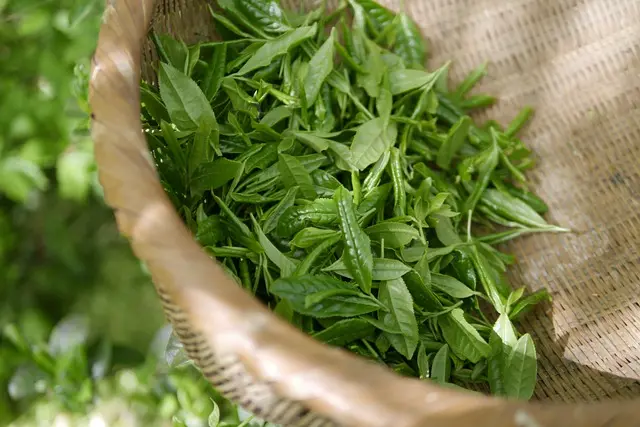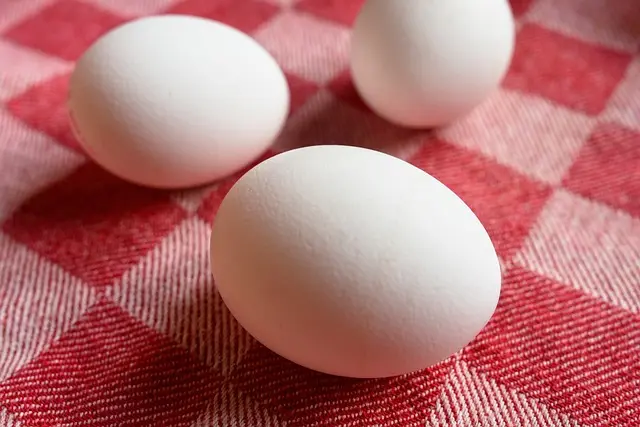
Classified as a functional food due to its nutritional value, quinoa; It is a herbaceous plant that can adapt to unsuitable climate and soil conditions such as drought, high soil salinity, and reproduces by seeds. Quinoa has a distinctive aroma. In addition, it does not have a dominant taste and smell.
Properties and Benefits
Let’s take a detailed look at the properties and benefits of quinoa, which has high nutritional value in many ways.
- It contains essential amino acids that are essential for human health and nutrition.
- It has a high protein content.
- Carbohydrates form the main part of the dry matter of quinoa seeds. It also has a low glycemic index despite containing a high amount of starch.
- It contains high amounts of bioactive compounds such as polyphenols, flavonoids and phenolic acids. In this way, it is effective in reducing blood cholesterol levels, preventing the development of cancer cells, strengthening the immune system and preventing cardiovascular diseases.
- It contains high amount of essential unsaturated fatty acids.
- Because it does not contain gluten, celiac patients can use quinoa in their gluten-free diet.
- Quinoa is rich in vitamin E. Therefore, it prevents rapid lipid oxidation and reduces the effect of free radicals.
- It is an alternative food source for iron deficiency due to the high solubility of the iron mineral it contains.
- It is very rich in vitamins and minerals. For example, it contains vitamins C, E and B, and minerals such as Ca, K, Fe, Mg, Mn and P.
- Contains 7-10% dietary fiber. dietary fiber: It takes part in the prevention of many diseases such as cardiovascular diseases, diabetes, constipation.
- In addition to having nutritional advantages, quinoa also has some antinutritional properties. The antinutritional properties of quinoa are the saponins, which affect the flavor and color of the product, and the phytic acid, which negatively affects protein absorption. Saponin has a bitter and soapy taste. Saponin and phytic acid; they decrease or become inactive when washing, peeling and heat treatments are applied.
Usage Areas of Quinoa
The usage areas of quinoa are very common and diverse. For example, its seeds are turned into flour and used in the production of bakery products such as bread, pasta, pancakes. Similarly, its seeds are cooked like rice and used to make soup and pilaf. In addition, their seeds can be fermented and used in the production of beer and similar beverages. You can cook with the leaves. Quinoa sprouts can be used in salads. They can also be used in making breakfast cereals.
Reference
- Bayram M, Pekacar S, Orhan D. Kinoa ve Sağlık Üzerine Etkileri (Quinoa and Its Effects on Health). Gümüşhane Üniversitesi Sağlık Bilimleri Dergisi 2018; 7(2): 47-57.
- İlkay H, Mutlu A. Fonksiyonel Bir Besin: Kinoa (A Functional Food Quinoa). Bes Diy Derg 2020;48(3):92-101
- Demir M, Kılınç M. Kinoa: Besinsel ve Antibesinsel Özellikleri (Nutritional and Antinutritional Properties of Quinoa). Journal of Food and Health Science 2016; 2(3): 104-111.
- Osmanlıoğlu Dağ R, Gençler Özkan A. Kinoa Üzerine Bir Derleme (A Review on Quinoa). Ankara Ecz. Fak. Derg. 2019;43(3): 309-333.
- Sevindik A, Gültekin R, Uran H. Altın Tahıl: Kinoa (Golden Grain: Quinoa). Kırklareli University Journal of Engineering and Science 2021; 7(1): 155-165
- Hayıt F, Yılmaz B. Kinoanın Önemi, Fırın Ürünlerinde Kullanımı ve Sağlık Üzerine Etkileri (The Importance of Quinoa, Its Use in Bakery Products and Its Effects on Health). Journal of Scientific Reports-C 2020; 1: 70-80.
- Ergene E, Bingöl E. Diyet Lif İçeriği Yüksek Bazı Gıdalar Ve Beslenme Üzerindeki Etkileri (Some Foods High in Dietary Fiber and Their Effects on Nutrition). Adnan Menderes Üniversitesi Sağlık Bilimleri Fakültesi Dergisi 2019; 3(1): 70-78.






